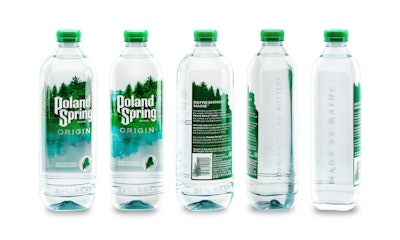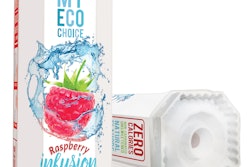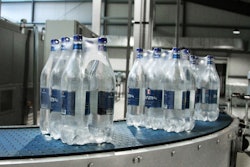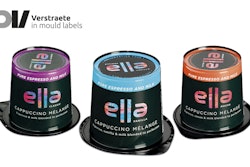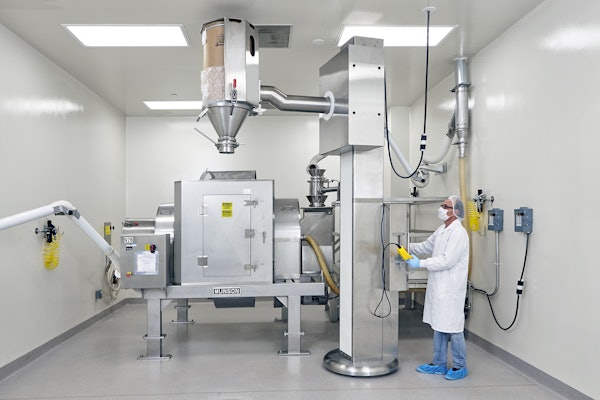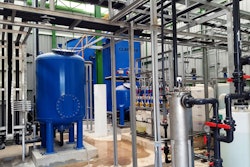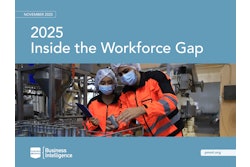As depicted on its newly designed bottle, the source of Poland Spring® ORIGIN is surrounded by pine trees, hidden in the woods. Nestlé Waters says this brand is the first leading American premium bottled spring water that has been sustainably sourced from the White Cedar Spring in Maine. Beginning in April 2019, Poland Spring ORIGIN will bring this 100 percent natural spring water from Maine to people across the United States for the first time.
"Poland Spring is a trusted brand with over 170 years of rich history and is well-known to many in the Northeast and beyond," says Yumiko Clevenger-Lee, vice president and chief marketing officer of Nestlé Waters North America. "For years we've been getting consumer letters, calls and social posts from all over the U.S. requesting we make Poland Spring available nationwide. With the launch of Poland Spring ORIGIN, we are excited to delight consumers throughout the entire U.S."
The new Poland Spring ORIGIN bottle is thoughtfully designed with a beautiful and intuitive feel that delivers a premium experience that consumers can both see and feel. The ergonomically minded rectangular shape makes it both easy to hold and to fit into cup holders, bags, and backpacks. The pressure sensitive label, which allows the label to adhere to the bottle and release without leaving a glue residue that could negatively impact the recycling process, depicts a beautiful landscape of Maine, as well debossing details which tell the Poland Spring ORIGIN story while elevating the bottle’s look and feel.
Additionally, the bottle is made from 100 percent food-grade recycled plastic*, demonstrating the brand’s sustainable packaging solutions. To further emphasize and differentiate from competitors, the bottle is embossed with the words "100% Recycled Bottle.”
Additionally, the bottle is made from other bottles and contains 100 percent food-grade rPET. Using recycled plastic helps keep plastic out of landfills and oceans and reduces greenhouse gases compared to using virgin plastic**. Importantly, like all Poland Spring bottles, Poland Spring ORIGIN is 100 percent recyclable and encourages consumers to recycle the bottle once it is empty, so that it can be turned into a new bottle in the future.
Beginning inApril 2019, Poland Spring ORIGIN will be nationally available to consumers on Amazon.com in a 12-pack of 900mL bottles and also through delivery by ReadyRefresh Nestlé. May 2019 onward, Poland Spring ORIGIN will be available in select retail locations in Florida and Texas with plans for national retail expansion in 2020.
Poland Spring ORIGIN is proud to also be investing in the conservation efforts of the Bluesource – Baskahegan Improved Forest Management Project in Maine. This project is located on over 86,000 acres of forest inNortheast Maine, and will help offset the environmental impact of shipping our product.
According to the company, Poland Spring ORIGIN's 100 percent natural spring water has been filtered by 10,000-year-old glacial sands. With no additives and only the minerals that come from the earth itself, including naturally occurring electrolytes for a crisp and refreshing taste, Poland Spring ORIGIN sets itself apart from other premium waters. A team of Spring Guardians carefully monitor White Cedar Spring and surrounding areas with long-term sustainability in mind.
*Excludes label and cap, which are recyclable, but not made from recycled material
**Association of Plastic Recyclers (APR) 2018
